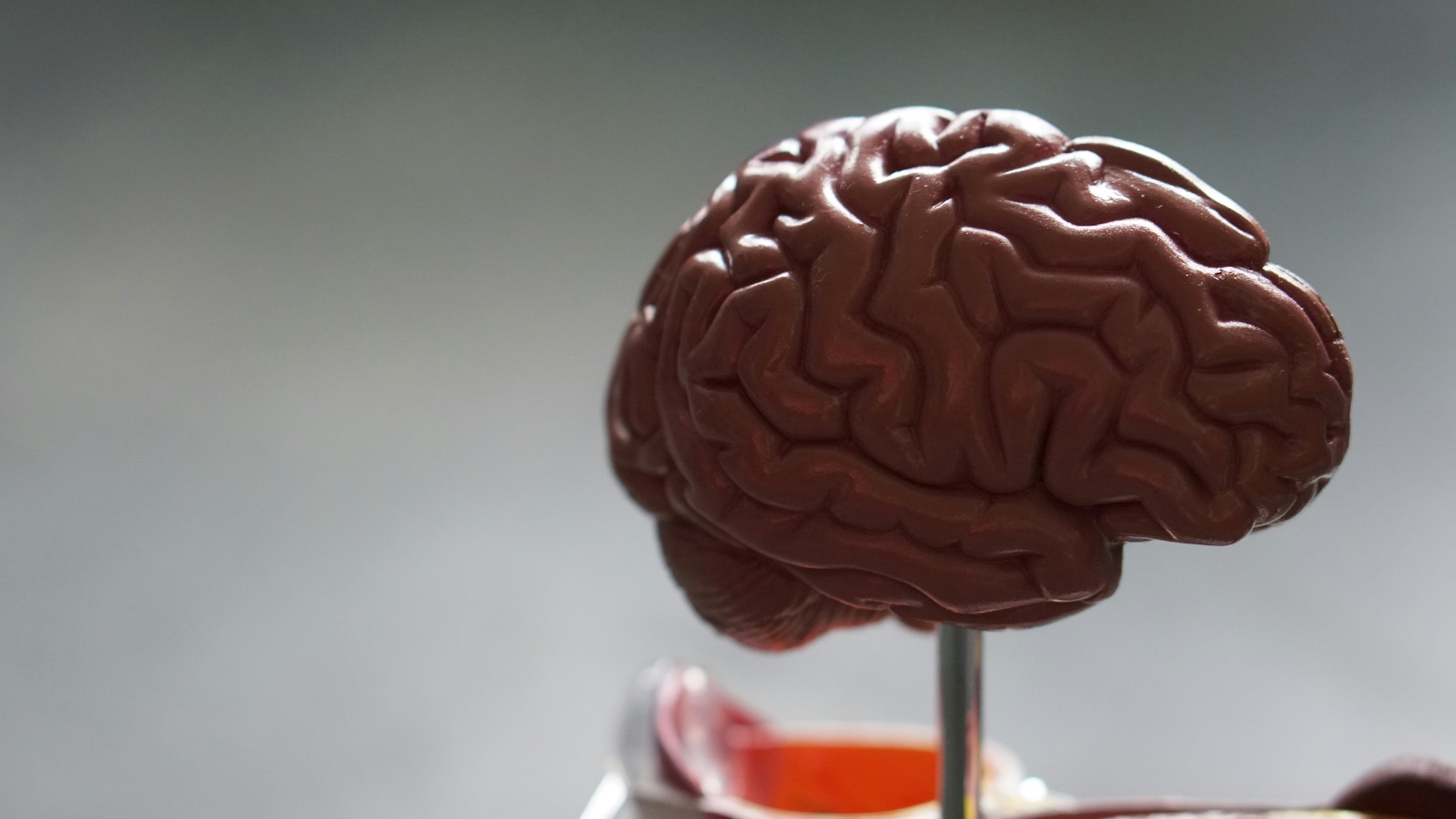24.07.2024
CBT and the neurobiology of anxiety

Anxiety disorders are a group of mental disorders which are among the most prevalent among global populations. They can have serious effects on the individual and the people closest to them. Stigmatization of such disorders is common; people tend to attribute such states to “cowardice” or some sort of mental “weakness”. This type of judgement can lead to people being left undiagnosed and the problems accompanying these disorders only worsening.
You can read more about anxiety disorders here: https://helpmedix.com/novosti/232
Research shows that anxiety disorders are associated with difficulties in cognitive functions such as attention, working memory and executive functioning.
Functional neuroimaging techniques show a pattern in which individuals suffering from generalized anxiety disorder (GAD) have higher levels of neural activity in the amygdala and insula. These parts of the brain are associated with processing emotional and physical stimuli. This suggests an interconnectedness of neural mechanisms which influence the development and manifestation of anxiety disorders.
Neural imaging also suggests that people with GAD have a weaker connection between the prefrontal cortex and amygdala, which is considered key for regulating emotional responses.
In other research, which was focused on other anxiety disorders, a significant overactivation was discovered in the frontal and parietal regions of the brain as well.
The significance of the biological is evident when it comes to anxiety disorders, whether considering its high genetic heritability, or the clear neurological differences from the rest of the population.
What is CBT?
Cognitive behavioral therapy (CBT) is a form of psychotherapy which is focused on teaching individuals about the effects that their beliefs and behaviors have on their emotional states. It teaches them to recognize, confront, and change, unhealthy and stressful cognitive, emotional and behavioral patterns. CBT is the most scientifically based psychotherapy model and one of the most effective and economical forms of psychotherapy. The focus in CBT is on solving a specific problem and there is often a predetermined number of therapy sessions which is agreed upon. CBT is also one of the most efficient methods of treating anxiety disorders.
The influence of CBT:
Research conducted by the American national institute of mental health (NIMH) shows a significantly positive influence of CBT on children diagnosed with anxiety disorders. In their research they tested the children for symptoms of anxiety disorders, as well as tested the neural activation levels in the significant regions of the brain using neuroimaging techniques. One group had anxiety disorders, while the control group didn’t. The anxious group was subjected to CBT treatment in the span of 3 months, after the therapy the tests were done again.
After the 3 months the children with anxiety disorders showed a significant reduction in anxious symptoms and better functioning. The neural activity in the parietal and frontal regions of the brain was also significantly reduced and fell to similar, or even lower, levels than that of the control group. Some different regions of the brain persisted in their heightened activity, which suggests that perhaps some parts of the brain are more resistant to CBT. This might mean that in these cases therapy should last longer, or maybe different forms of therapy are necessary, or even direct brain stimulation. It is also important to note that this research was performed on children, in which the therapeutic prognosis is better.
Anxiety disorders are many and complex, they shouldn’t be taken lightly and shouldn’t be perceived as something one can handle by themselves. If you have doubts about yourself or someone close to you suffering from an anxious disorder, we recommend consulting with a doctor, psychiatrist, psychologist or other qualified medical practitioner.
Written by: Bachelor of Psychology, Aleksa Holcer
Cognitive behavioral therapy alters brain activity in children with anxiety. (2024, January 24). National Institute of Mental Health (NIMH). https://www.nimh.nih.gov/news/science-news/2024/cognitive-behavioral-therapy-alters-brain-activity-in-children-with-anxiety
Gkintoni, E., & Ortiz, P. S. (2023). Neuropsychology of Generalized Anxiety Disorder in Clinical setting: a Systematic evaluation. Healthcare, 11(17), 2446. https://doi.org/10.3390/healthcare11172446
Langarita-Llorente, R., & Gracia-Garcia, P. (2019). Neuropsicología del trastorno de ansiedad generalizada: revisión sistemática. Revista De Neurología/Revista De Neurología Electrónica, 69(02), 59. https://doi.org/10.33588/rn.6902.2018371
*This text is intended solely for informational purposes. In case of any symptoms, it is recommended to seek advice from your doctor or qualified healthcare professional.*
*Image taken from the website: https://unsplash.com/photos/brown-brain-so1L3jsdD3Y*
Your trusted partner in finding medical information. We offer access to reliable resources and make it simple for you to get in touch with qualified medical service providers. Our goal is to assist you in achieving optimal health through dependable information and ongoing support, whether it's advice, a physical examination, or expert consultation.